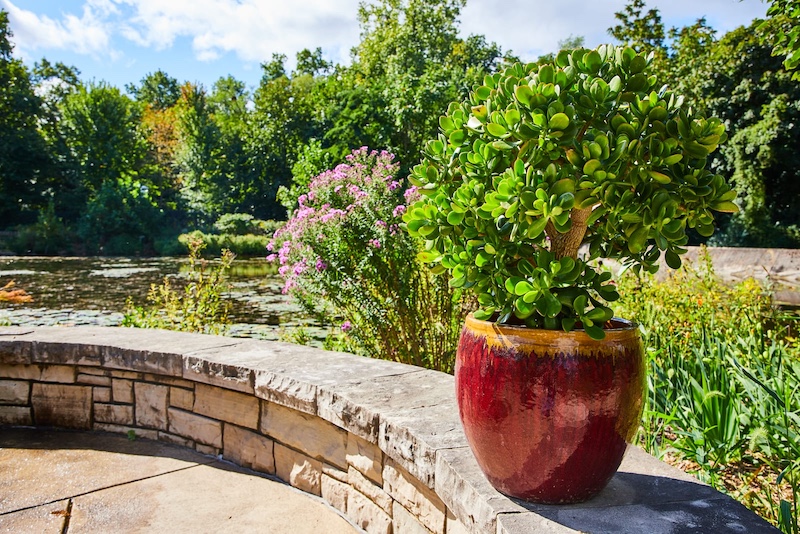If you’ve ever spent a little too much time soaking up the rays and ended up looking like a tomato, you might wonder—can plants get sunburn, too? The short answer: absolutely! But don’t worry, I’m here to shed some light (pun intended) on how and why this happens, and what you can do to keep your leafy friends happy and healthy.
What Is Plant Sunburn?
Plant sunburn, also known as leaf scorch, is a real phenomenon that occurs when plants are exposed to more sunlight than they can handle. Unlike us humans, they won’t slather on sunscreen or seek shade, so they rely on us to protect them. When plants get too much sun, their leaves can develop unsightly white, brown, or yellow patches, and in severe cases, the leaves may curl, dry out, or even fall off.
Think of it this way: plants use sunlight to power photosynthesis, their version of making a smoothie packed with energy. But too much sunlight? That’s like cranking the blender with no lid—messy and damaging!
Why Does Sunburn Happen to Plants?
Plants have something called chlorophyll, the green pigment responsible for photosynthesis. Chlorophyll is great at soaking up sunlight, but it’s not invincible. When sunlight is too intense, especially during the peak hours of the day, it can overwhelm the plant’s ability to process it. This is when damage occurs.
Here are a few key culprits behind plant sunburn:
- Moving Plants Too Quickly: If you’ve ever moved a plant from the cozy indoors to a sun-drenched patio without giving it time to adjust, it’s like sending a couch potato to run a marathon. Ouch!
- Reflection: For plants near windows, sunlight bouncing off glass can intensify the rays. This is particularly risky for delicate indoor plants like ferns and calatheas.
- Water Magnification: Water droplets on leaves can act like tiny magnifying glasses, focusing sunlight and causing small burn spots.
What Kinds of Plants Are Most at Risk?
Not all plants are equally sun-sensitive. Some species are sun-worshippers, while others are more like vampires, hissing at the mere mention of direct light.
- Sensitive Plants: Ferns, peace lilies, and most tropical houseplants prefer filtered light. They’ll fry faster than breakfast bacon in harsh sunlight.
- Tough Cookies: Succulents, cacti, and certain herbs like rosemary are built to handle the heat—but even they can get crispy if overexposed.
How to Protect Your Plants from Sunburn
Luckily, there are plenty of ways to keep your plants safe from sunburn, and they’re all pretty simple. Here’s the scoop:
- Introduce Sunlight Gradually: If you’re moving a plant outdoors, give it a few hours in the morning sun (when rays are gentler) and slowly increase exposure over a week or two.
- Use Sheer Curtains: For indoor plants near sunny windows, sheer curtains can diffuse harsh sunlight, creating a more plant-friendly environment.
- Relocate as Needed: If you notice scorched leaves, it’s time for a change of scenery. Move the plant to a spot with indirect or dappled light.
- Water Wisely: Water in the early morning or evening, and avoid leaving droplets on leaves during peak sun hours.
- Check for Reflective Surfaces: Watch out for glass, mirrors, or even light-colored walls that might amplify sunlight.
What to Do If Your Plant Gets Sunburned
Don’t panic if you notice some scorch marks—it happens to the best plant parents. Trim away the damaged leaves to prevent the plant from wasting energy trying to heal them. Then, give it some TLC by providing the right light conditions, watering appropriately, and maybe even whispering an apology (it can’t hurt, right?).
Sunburn Is Preventable, Even for Plants
So, can plants get sunburn? Yes, but with a little know-how, you can keep them glowing (in a healthy way) all year round. Think of yourself as their sunscreen fairy—shielding them from harmful rays and making sure they thrive. After all, your plants aren’t just decorations; they’re your green companions, silently rooting for your success as much as you root for theirs.
Now go forth, fellow plant lover, and keep those leafy buddies thriving!
